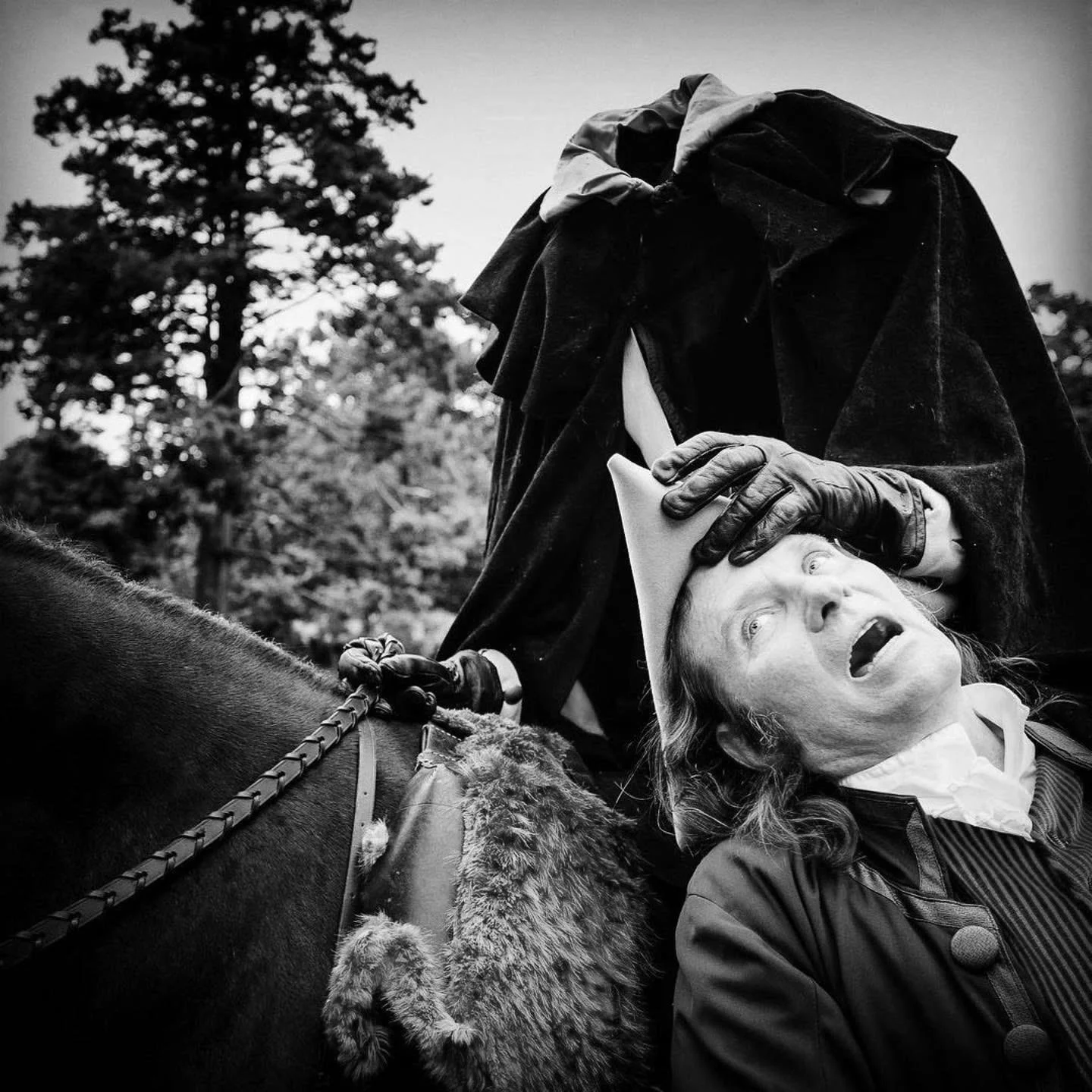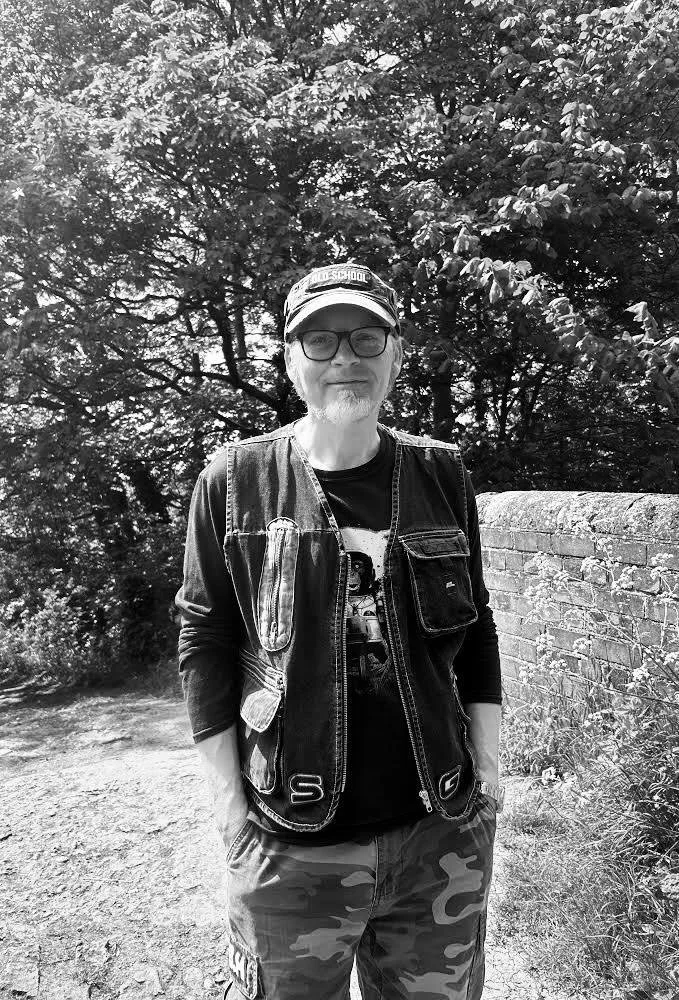FOREWORD
The Storyteller.
“Through me is the way to the city of woe.
Through me is the way to sorrow eternal.
Through me is the way to the lost below.
Justice moved my architect supernal.
I was constructed by divine power,
supreme wisdom, and love primordial.
Before me no created things were.
Save those eternal, and eternal I abide.
Abandon all hope, you who enter.”
Dante Alighieri - Inferno
On Maundy, Thursday, 1300, Dante Alighieri invited us to abandon fear of the unknown Afterlife to enter a full-on physical Hell. Hope to know primordial love and what is eternal. Enter “The Circle of Dead Children.”
Drawing from biblical and mythological imagery, Dante created nine circles of souls suffering eternal fire, pitch-forking demons, forcing the forlorn into rivers of blood, pus, and tears. It became a way for the unreformed church to chart warning of what happens to those who renounce or reject God. The Inferno served for centuries as a way to scare Christians. Eventually, Pope John Paul II had to declare Hell was not an actual location but rather a “…state of definitive self-exclusion from communion with God and the blessed…”
Everyone longs to know what happens when our body sheds our soul. Are we judged, doomed, or redeemed? Do we become one with everything? Might we get placed in a Dantesque “circle” for trial, tribulation and to discover the truth? Seeking revelation? These questions are provoked in the immersive “cinematic metal” epic, multi-level realm created by Homerik’s “Mad Composer,” Ken Candelas. The Circle of Dead Children is a shocking sensory experience of literature, art, and music.
We have been envisioning the Afterlife as a purgative journey since the Egyptians saw the dog-headed deity Anubis weighing hearts for good and evil. The Norse, too, conceived of “Helheim,” an underworld realm of the dead, where those who did not find themselves in Valhalla, the afterlife of brave warriors, were destined to spend eternity. Though grim, and desolate the gods often visited wanting to know what comes after death.
Old Testament passages compare the afterlife of the unredeemed to “Gehenna” and “Sheol”, the land of burning corpses. Jesus righteously raged against those who were too selfish to comfort and clothe the unfortunate as “cursed, into the eternal fire prepared for the devil and his angels.” Was “Hell” established just to torture? Or could it purge, and transform souls? “The Circle of Dead Children” provides perspective…
We journey into a reformed “Inferno” created by Mr. Candelas, our twenty-first-century architect supernal. He gives us a new Dante to follow. Here is a conflicted Nazi in dire need of forgiveness. Finding he bears a connection to the Devil, this Dante receives guidance from a new Virgil. He must do more, however, than just witness the woes found in The Circle of Dead Children. Destiny—divine destiny—beckons him to unleash chaos into the afterlife.
Is it possible our immortal soul will travail through a Hell envisioned in 1300 by Dante Alighieri? Dare enter “The Circle of Dead Children!” What could be worse? This proved especially daunting for your children’s storyteller here, however I was enticed to take on Homerik’s literary, artistic, and musical epic quest through Death to extrapolate the story of liberation. And for who?
Now, I came close to rejecting this epic. The title alone is the antithesis of my lifelong profession of telling tales to enchant children. Granted, my signature performance, solo shows of “The Legend of Sleepy Hollow” first brought Ken into my circle at a young age. When he asked me to narrate, feeling it would be deadly to my brand, I balked.
Your Sleepy Hollow Storyteller here, however, got enchanted by the decapitated goblin launching Dante’s quest:
“The now headless body of the doppelgänger places the head in the cauldron creating a mist that covers the room completely. “You need not dwell on the past child,” said Evil.”
No need to dwell on the past? Why did he say that? I wanted to know about the Hell to come!
The story of a quest to the Underworld for redemption required a closer look. The prologue, “A Song of the Night: Part 1” intrigued me. When I read the script, I understood the myriad possibilities in Death to understand Life. The Circle of Dead Children shows how we repeat our erroneous ways. Making it a quest gives us a way to chart a path to some salvation. Here, demons harvest and needle souls and make a mockery of their sins.
Questions rise in The Circle of Dead Children like countless demons. What is eternal? What is Heaven or Hell? Can we make amends? Can we change our fate? Are we reborn, reincarnated, reduced, redeemed? How may our spiritual connections manifest in the Afterlife? Could we be in a timeless struggle to comprehend our actions to then transcend?
Finally, what is our Creator?
This work addresses these questions by a melding of traditional imagery with a contemporary lens. We have The Inferno’s known landmarks from Greek and Roman sources: Charon, Cerberus, Beelzebub, the Minotaur, the Leviathan, the Seven Deadly Sins, the River Styx, the City of Dis and more. Dante’s soul however finds the most profound torment comes from resolving a life of woe. His mother Morgana acts as a sort of compass for Dante to navigate the Inferno. She is the bait of Evil and the key to Lucifer’s prison. Her guilt fosters the ambition to save her son. Morgana cannot fail Dante again as she did in life.
After reading this Afterlife epic, I had to catch my breath. Candelas’ madness for this hellbound journey races through many unimagined horrors. Thus, I wanted to give the voice of a storyteller to describe the grotesque scenes of the book with elegance, even a levity perhaps. Now, here’s a quick example:
“Swatting away the attacking harpies, he jumped over the immobile soul. Writhing in pain, the shot soul jerks its body right through the arrow to lunge back into the river. It grabbed onto Dante’s foot, taking him down.”
Recording the work required a more charming approach. I’d apply my own brand of pleasantry used to engage children while refining my voice with the pace of Vincent Price.
The pictorials of David Millgate reminded me of the composition of Heironymous Bosch blended with the visual mind of Frank Frazetta. Ken’s thematic score draws inspiration from the likes of John Williams mixed with the sound palette of Hans Zimmer and the format of Koji Kondo, composer of “The Legend of Zelda.” It is a diabolically detailed, operatic, and indeed a monstrously mad composition, commanded by the voice of Elizabeth de Deus.
Each circle possesses unique challenges for Dante and Virgil:
Virgil shook his head, “Who calls to you, Dante? Stand your ground.”
“It—it was a woman... it sounded like my mother...” replied Dante nervously.
“Perhaps someone you are spiritually connected to now lies within the Inferno as well, under the devil’s watchful eye. I hope this ability you have helps us in our travels,” said Virgil as Dante followed his lead.
The Catholic theologian Jon M. Sweeney noted in his book “Inventing Hell:”
“The sad truth is that Dante's hellish vision has been useful in promoting colonizing, crusades, and "conversions" for the last 700 years. But, it is time for that to change. It is time for Christians, and all people of faith, to re-imagine the afterlife in less medieval terms!”
Many of the demons encountered in “The Circle of Dead Children” rage with medieval cruelty. They remain, however, as Washington Irving said, part of the substance of our collective “nightmare and her ninefold gambol.” Neglect to deal with them at your peril! They are here to needle you in this vivid re-imaging of adventure through a new kind of Underworld.
This work grips like a horror film and moves like a video game. It directly deals with what motivates us to violence, greed, lust, treachery, and hopefully redemption. Think the Robin Williams film “What Dreams May Come” meets the tortuous game “The Evil Within.”
We follow Dante and Virgil through each circle. Greed, wrath, lust, etc. intrigued not only by the exquisite torture but a glimmer of light. How will a misguided Nazi unleash Satan from his burning ice prison to precipitate the liberation of all Souls?
What lies ahead in purgatory? A world painted in blood? Whilst thou repeat passages from thine past until thee transform?
The Circle of Dead Children shows us a way…
-Jonathan Kruk, Master Storyteller
The Artist.
When Ken Candelas (The Mad Composer!) first approached me with this project I had to admit that I’d never read a single canto of Dante Alighieri’s Divine Comedy. When I did English at high school and college it was never in the curriculum to study such great literary works. To me it seemed like Mary Shelley’s Frankenstein, in as much as it was just another one of those really old books I’d heard of, but never bothered to actually sit down and read. I have since read Frankenstein a number of times and would definitely recommend it to anybody who hasn’t (I would now place it in my top 10 favourite books of all time). I didn’t even know until I bought Dante Alighieri’s book that this great work was a story told through a series of long poems. It was obvious that with the Divine Comedy I was going to have to do what some of my teachers had said, which was “must try harder!”
It was after having purchased the book that I then devised my most devious and economic (lazy) plan. I would just speed-read my way through the entire thing and as I skimmed through it I would highlight the scenes, moments and characters that I thought would make for a bunch of cool and ‘demonic’ artworks. With my highlighter marker pen at the ready I started ‘reading’.
I was only a couple of pages in and already the pages were turning a hideous shade of luminous green! This was a pattern that just increased the more pages I turned. Wow! There were just so many things in there that jumped right off the page, seared their way through my fleshy retinas and lodged in the unworthy grey matter that passed for my brain. I was hooked and by the time I’d got to the end of its multitude of cantos most of the pages were covered in the toxic green, highlighter ink. The virgin white pages now forever defiled by a sinful fluorescence.
Ken Candelas had chosen me to be the artist that was expected to somehow illustrate his new and updated version of this classic work of literature, while at the same time honouring the original text. Whilst it is often assumed by scholars that the main protagonist in the Divine Comedy is Dante himself, Ken Candelas goes so far as to actually name him ‘Dante’ in his version, which to me at the time seemed a bit like re-writing Harry Potter, but calling the main protagonist ‘JK’. I wasn’t quite there yet with all of this, but before long I was to become as willing a student, believer and apt pupil as Harry himself in Ken’s musical and literary wizardry.
Ken suggested it could make for a great comic book series, much like my sub-genre, World War Two horror, ‘Jackboot & Ironheel’, which had just been published as a collected works graphic novel by IDW. That project was something I was very proud of, but it also took me over seven years to accomplish. I wasn’t sure I wanted to dive straight back into another very exhausting and time consuming project. I suggested another concept. The direction could be a sequence of large, landscape-format paintings, all montage in style and featuring many of the main characters, creatures, scenes and key moments from Ken’s fresh interpretation of Dante’s epic work. This would be a more surreal and ambitious approach to the artwork. Ken really loved the idea and suggested I do nine paintings, as each one would represent the nine levels of Hell in the story. These would then be followed by sixteen black and white line illustrations that would elaborate on some of the other material not covered by the paintings. These would be in the same tradition of much earlier works by artists including Gustave Dore, whose beautiful Commedia illustrations date as far back as 1855. This would be respectful of those much earlier works, whilst at the same time fully embracing Ken’s fresh narrative. He was already busy with his own version and had set it during World War Two.
By this stage he’d also employed the talents of orator and performance storyteller Jonathan Kruk, who provided the narration and the voice for what was to be a brand new audio book based on Ken’s updated version. He also helped refine certain details of Ken’s story. This thing was evolving fast and growing bigger and bigger before our very eyes. Let’s not forget that Ken also had the writing, recording and mixing of the Homerik ‘The Circle of Dead Children’ LP to complete too. This was to be the concept album based on the Inferno and was his initial reason for doing any of this. Ken called it ‘Cinematic Metal’! A mix of symphonic music and death metal. I’d often laugh whenever Ken referred to himself as ‘The Mad Composer’, but I began to wonder if he really was totally and utterly ‘bat-shit crazy’!! I also silently wondered if he’d bitten off more than he could chew with all of this stuff. Is it not often said that geniuses have to possess that bold ambition to step into realms lesser mortals fear to tread?
Homerik and The Circle of Dead Children project was born out of a huge passion for one of the oldest and most beloved of art forms, the simple, but magical act of storytelling. Outwardly and on the surface Dante’s Inferno is without doubt one of the darkest and bleakest of cautionary tales, but if you dig deeper it’s more than just one man’s journey. It’s about mankind’s journey of self-discovery and our collective hopes for redemption. There’s much joy to be found here too. It’s in the pure joy of the written and spoken word and can be conveyed through sound, music and the joy of the artistic creation of images and pictures.
As with Victor Frankenstein’s creature, Homerik and The Circle of Dead Children was put together with determination and drive to produce something new from something old and a desire to create something that would ‘curdle the blood and quicken the beating of the heart’, just as Mary Shelly had claimed was the intent of her most famous work. As with Frankenstein, we had also built some kind of monstrous beast that is somehow much more than the sum of its parts. We now feel ready to unleash this ‘unholy’ thing onto an unsuspecting ‘populace’, to engender both fear and awe! Let loose the raging Inferno!












